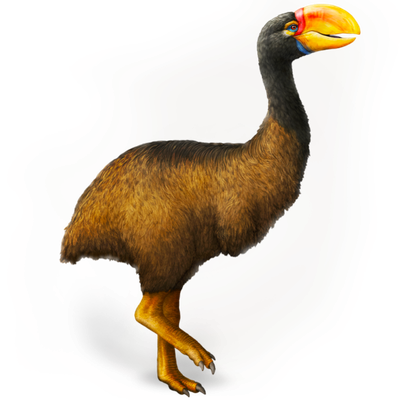Your search returned 2119 results
By Page Type
By Tag
- fish (966)
- blog (696)
- fishes of sydney harbour (401)
- First Nations (299)
- Blog (236)
- AMRI (169)
- archives (164)
- Eureka Prizes (146)
- Aboriginal and Torres Strait Islander (135)
- insect (126)
- Ichthyology (124)
- geoscience (109)
- minerals (102)
- climate change (100)
- podcast (94)
- Fish (91)
- Anthropology (89)
- International collections (80)
- Minerals Gallery (78)
- wildlife of sydney (78)
- Labridae (77)
- frog (74)
- gemstone (70)
- history (64)
- photography (64)
- Mollusca (60)
- gem (59)
- staff (59)
- Birds (56)
- Gems (56)
- Indonesia (56)
- education (56)
- shark (55)
- AMplify (54)
- people (53)
- earth sciences (50)
- past exhibitions (50)
- exhibition (49)
- Gobiidae (48)
- sustainability (46)
- Pomacentridae (45)
- Serranidae (44)
- lifelong learning (42)
- science (42)
- Earth and Environmental Science (41)
- Syngnathidae (41)
- Ancient Egypt (40)
- Bali (40)
- bird (40)
- dangerous australians (40)
-
Dr Tony Miskiewicz - Research Publications
https://australian.museum/learn/animals/fishes/dr-tony-miskiewicz-research-publications/Tony Miskiewicz has been a regular visitor to the Fish Department over the last two decades.
-
Amanda Farrar PSM
https://australian.museum/get-involved/staff-profiles/amanda-farrar/Amanda is Director, Strategy and Chief of Staff and is responsible for the implementation of the AM’s strategic plan and major projects, securing government and philanthropic support the Museum’s flagship science, education and cultural programs.
-
Fiona Brell
https://australian.museum/get-involved/staff-profiles/fiona-brell/Fiona is the Regional Education Lead and has worked in the education team since 2016.
-
People & Culture
https://australian.museum/get-involved/staff-profiles/human-resources/People & Culture’s purpose is to optimise The Australian Museum’s outcomes through the provision of integrated people and performance solutions to achieve an agile, engaged and high performing workforce.
-
Australian Museum Research Institute
https://australian.museum/get-involved/staff-profiles/australian-museum-research-institute/The Australian Museum Research Institute (AMRI) focuses on some of today’s major environmental challenges: climate change impacts on biodiversity, the detection and biology of pest species, and understanding what constitutes and influences effective biodiversity conservation.
-
Dr Frank Köhler
https://australian.museum/get-involved/staff-profiles/frank-koehler/Dr Frank Köhler is NSW Principal Research Scientist and Group Manager, Malacology at the Australian Museum.
-
Discover more
2025 Australian Geographic Nature Photographer of the Year
Special exhibition
Free entry
Now open -
Discover more
Unfinished Business
Special exhibition
Free entry
Now open -
Find out more
Surviving Australia
Permanent exhibition
Free entry
Now open![]()
-
Find out more
Burra
Permanent kids learning space
Free entry
10am - 4.30pm![]()
-
Discover more
Minerals
Permanent exhibition
Free entry
Open daily![]()





